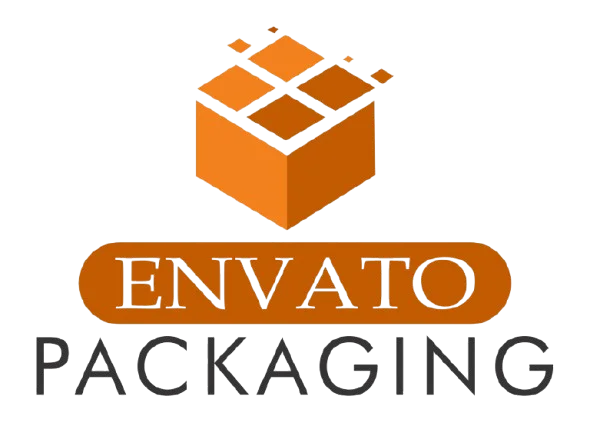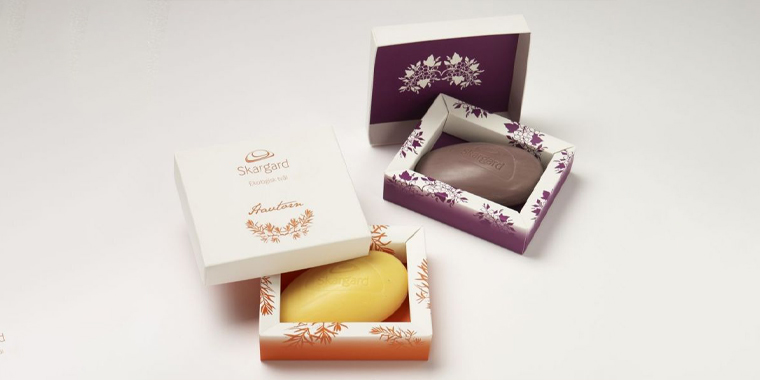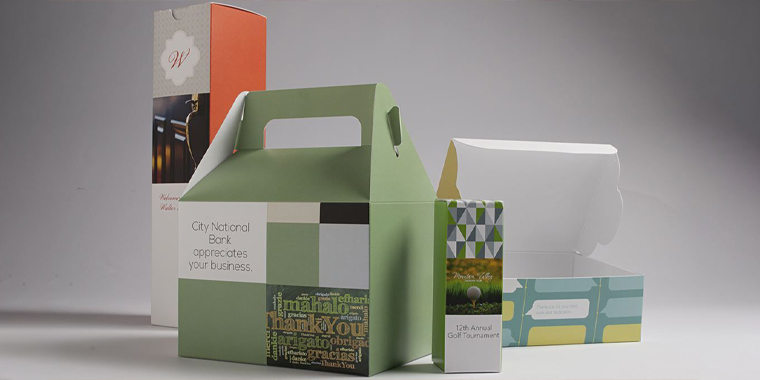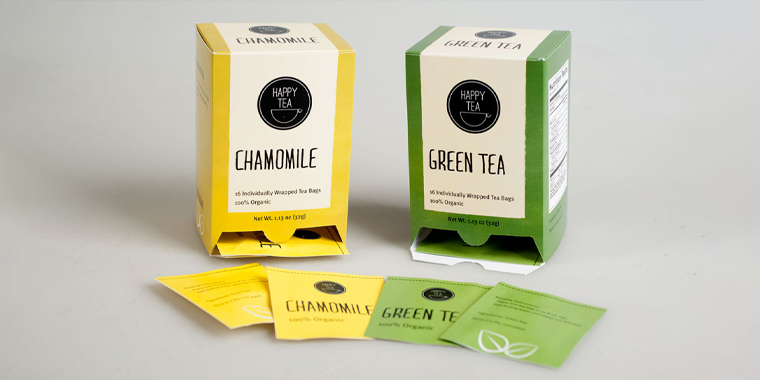**The Complete Guide to Understanding Product Packaging Inserts**
As a consumer, you’ve probably received packaging inserts with your favorite products before. But have you ever wondered what they are, why they’re used, and how they can benefit the environment? In this comprehensive guide, we’ll take a closer look at product packaging inserts and explore their various types, advantages, and best practices.
What are Product Packaging Inserts?
Product packaging inserts are pieces of paper, plastic, or cardboard that are designed to fill the empty spaces inside a product package. These inserts are usually customized to fit perfectly inside the package and serve several purposes, including:
Protecting the product from damage during shipping
Preventing product movement and shifting during transportation
Adding aesthetic value to the package
Providing additional information or instructions to the consumer
Types of Product Packaging Inserts
There are several types of product packaging inserts, including:
- (Paper Inserts): These inserts are made of thin paper and are often used for packaging small items like electronics, cosmetics, or food products.
- (Cardboard Inserts): These inserts are made of thick cardboard and are commonly used for packaging larger items like toys, appliances, or furniture.
- (Plastic Inserts): These inserts are made of thin plastic and are often used for packaging fragile items like wine glasses, electronics, or jewelry.
- (Composite Materials Inserts): These inserts are made from a combination of materials like paper, plastic, or cardboard, and are designed to provide added strength and durability.
Advantages of Product Packaging Inserts
Product packaging inserts offer several benefits, including:
- : Inserts help prevent product damage during shipping and transportation, ensuring that your product arrives at the consumer’s doorstep in perfect condition.
- : Inserts can be customized with your branding, logos, or messaging, allowing you to reinforce your brand identity and communicate effectively with your customers.
- : Inserts can help reduce packaging costs by using less material than traditional packaging methods.
- : Inserts can be designed to be eco-friendly, using recycled materials or biodegradable materials to minimize waste and reduce environmental impact.
Best Practices for Product Packaging Inserts
To get the most out of your product packaging inserts, follow these best practices:
- : Ensure that your inserts are designed to perform their intended function, whether it’s protecting the product or providing additional information.
- : Select the right material for your inserts based on the product they’re protecting and the environmental impact you want to minimize.
- : Use a simple and clear design for your inserts, avoiding clutter and excessive text or images.
- : Test your inserts with a small sample group and refine them based on feedback to ensure they meet your needs and goals.
Conclusion
Product packaging inserts are an essential component of any packaging strategy, providing protection, customization, cost-effectiveness, and environmental benefits. By understanding the different types of inserts, their advantages, and best practices, you can create effective packaging that meets your brand’s goals and resonates with your customers. At Envato Packaging, we’re dedicated to helping you create innovative and sustainable packaging solutions that exceed your customers’ expectations.



